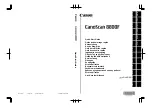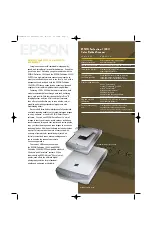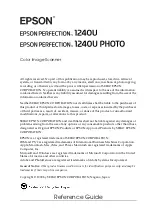
22
A GENERAL GUIDE TO SCANNING
Your scanner’s reception is mainly “line-of-sight.” You usually cannot hear stations
that are beyond the horizon.
GUIDE TO FREQUENCIES
Ham Radio Frequencies
Ham radio operators often broadcast emergency information when other means of
communication break down.
The following chart shows the voice frequencies that you can monitor:
National Weather Frequencies
Birdie Frequencies
Every scanner has birdie frequencies. Birdies are signals created by the scanner’s in-
ternal circuits. These stray frequencies might interfere with broadcasts on the same
or similar frequencies. If you program one of these frequencies, you hear only noise
on that frequency. If the interference is not severe, you might be able to turn
SQUELCH
clockwise to cut out the birdie.
This scanner’s known birdie frequencies (in MHz) are 171.250 and 460.0125.
To find the birdies in your scanner, begin by disconnecting the antenna and moving it
away from the scanner. Make sure that no other nearby radio or TV sets are turned
on near the scanner. Use the search function and search every frequency range from
its lowest frequency to the highest. Occasionally, the searching will stop as if it had
found a signal, often without any sound. That is a birdie. Make a list of all the birdies
in your scanner for future reference.
Wavelength (Meters)
Voice (MHz)
10-Meter
29.000–29.700 MHz
6-Meter
50.000–54.000 MHz
2-Meter
144.000–148.000 MHz
70-Centimeter
420.000–450.000 MHz
162.400
162.475
162.525
162.425
162.500
162.550
162.450
20-422.fm Page 22 Friday, January 7, 2000 12:54 PM











































